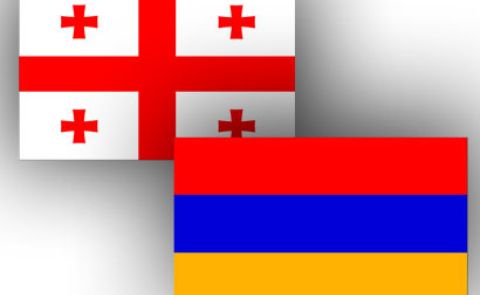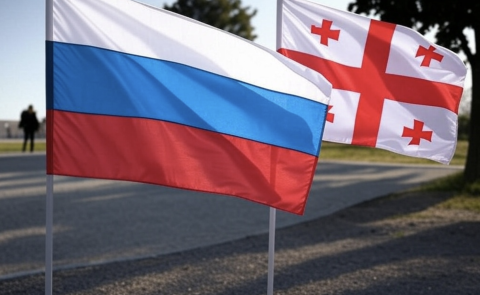
Grand Strategy or Improvisation? Russia and Separatist Regions
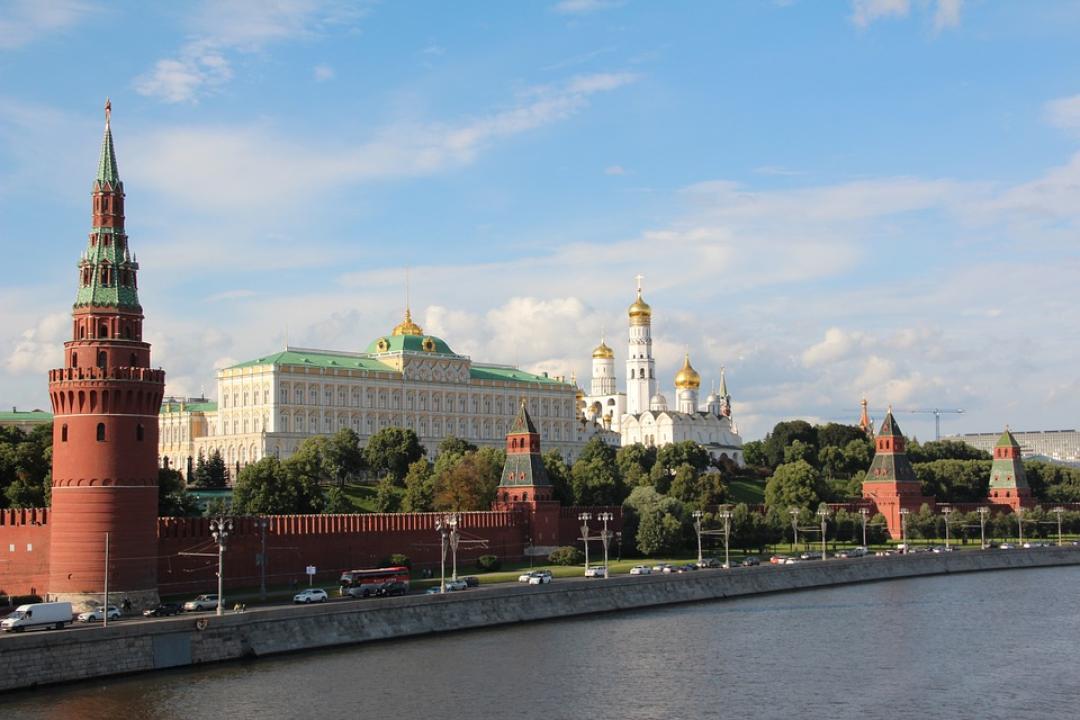
Russia’s management of separatist regions is becoming an increasingly messy affair. Geographic and financial overstretch as well as potentially deteriorating ties with neighboring countries limits Russia’s prestige. Nagorno-Karabakh is the latest example of how Russia, through its troop’s presence, is growingly dependent on its military component for retaining its power in the immediate neighborhood.
Russia has always regarded the lands of the former Soviet empire as a space of privileged geopolitical interests. The West challenged this notion and quite successfully. A look at the map of the Eastern Europe and the South Caucasus, shows how Russian influence over the past 30 years has rather dwindled on many fundamental levels.
To stall the decline of its influence, Russia used the separatist conflicts across what once constituted the post-Soviet space and evolved them into a tool to prevent Moldova, Ukraine, and the South Caucasus countries from joining the Western economic space and military alliances. A deliberate stoking of conflicts, support for separatists, dispatch of peacekeepers and using their presence to influence the process on the ground took place in Georgia’s occupied territories of Abkhazia and Tskhinvali Region (also known as South Ossetia). This is being played out in Nagorno-Karabakh where some 2000 Russian troops now are stationed following the war in 2020 between Armenia and Azerbaijan.
From Moscow’s perspective this policy has been successful so far. Georgia, Ukraine, and Moldova have not joined the EU nor NATO and the EU seems hesitant to make concrete moves lest it causes Russia’s countermeasures. The US has many other problems to tackle: China, their shift toward Indo-Pacific region, and Iran. But Washington is more willing to cooperate militarily and security-wise with Georgia and Ukraine. This cooperation however is not expanding to cause shifts in the military balance of power. Even in Nagorno-Karabakh, the logics dictates that Russian troop presence is more about preventing Azerbaijan from becoming able to escape Moscow’s influence and a way prevent growing Turkish influence.
Despite those successes Moscow has failed to prevent the small neighbors from building pro-Western or highly diversified foreign policy. Political elites in those countries remain fairly pro-Western. Along this grand strategic blunder comes multiple short and long-term political failures. Russia started to face such long-term problems such as financing the separatist territories; attaining wider recognition for the regions; and the failure to produce a long-term political or economic development vision for the unrecognized territories.
Creating a unified economic space with the separatist territories is not an option as usually little economic benefit is expected. Even if in some cases benefits still could be harnessed, the territories’ poor infrastructure (for example, South Ossetia) prevents active Russian involvement. Additionally, local political elites are often sensitive to Russian domination. For instance, Abkhazia has for decades stopped Russian businesses from buying the local lands.
Moscow understands that more financing must be dedicated to the regions, whose populations could otherwise turn increasingly disenchanted with hopes they pinned on Russia. Indeed, the system is difficult for Russia to navigate because while in the first years following the Soviet Union’s collapse, Russia had to manage breakaway conflicts only in small and poor Georgia and Moldova. Now, Moscow’s responsibilities have increased significantly by late 2020 with separatist Donbas and now the Nagorno-Karabakh conflict added to its strategy. One could even add Syria to the list as the level of Russian influence there makes the war-torn country fully dependent on Russia security-wise.
This means that at a time of economic problems from the COVID-19 pandemic, Western sanctions, and the lack of reforms are looming large on the Russian home front, Moscow must pour significant amount money into separatist actors spread across the former Soviet space, as well as Syria. For instance, recently it was announed that Russia plans to spend a whopping $12 billion in the next 3 years for separatist territories in Ukraine. Bigger separatist empire requires growing financial responsibilities.
Elites in the separatist regions are also increasingly covetous. Access to Russian finances is key to their survival, but Moscow sees little benefit from financing these elites. Corruption schemes engulf Russian money once they land in the separatists’ hands.
Moreover, at times, actors in the conflict zones try to play their own game independently from Moscow and the latter must closely monitor any deviations lest it harms the Kremlin’s strategic calculus. This often happened in Abkhazia when, for instance, in early 2020 Raul Khadjimba resigned without Russian interference or in Donbas, where occasional infighting as in 2015 and 2018 among rebel groups took place.
The geographic dispersal of those conflicts also creates difficulties for Russia’s projection of power. Russia now has multiple countries in its sphere of influence with pro-Western stances or harbor suspicions about Moscow’s plans.
Russian leadership cannot entice states around the world to recognize the independence of these breakaway entities. For instance, in the case of Abkhazia and South Ossetia, only Syria, Nicaragua, Venezuela, and Nauru have extended recognition.
Russia also lacks a long-term economic vision for the breakaway territories. Dire economic straits have inevitably caused populations to flee toward the abundant medical, trade, and educational possibilities other countries provide. Usually these are territories from which the separatist forces initially tried to break away. Abkhazians try to use benefits provided by Tbilisi, so do the Ossetians, which once again highlights the fact that the Kremlin has failed to transform those entities into secure and economically stable lands. Crime levels as well as high-level corruption and active black markets have been on an upward trajectory, which undermines the effectiveness of financial largesse Moscow must provide on a regular basis.
Thus a long term perspective for Russia’s “separatist empire” is not promising. True the Russian military presence in multiple regions is hardly an overstretch for Russian finances or military power, but it nevertheless is increasingly burdensome. Moscow now spends more on poor and insecure separatist regions and the return benefits are limited at best. Its military presence from Transnistria to Nagorno-Karabakh highlights weaknesses in Moscow’s foreign policy – dependence on the military element in formulating the foreign policy is becoming palpable. Moreover, the Russian troops presence causes suspicions and concerns in host countries. Indeed, the practice shows Russian troops rarely leave the separatist regions.
Contributed by Emil Avdaliani
See Also

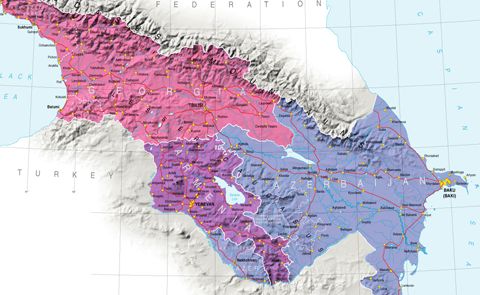
3+3 Initiative as a New Order in the South Caucasus
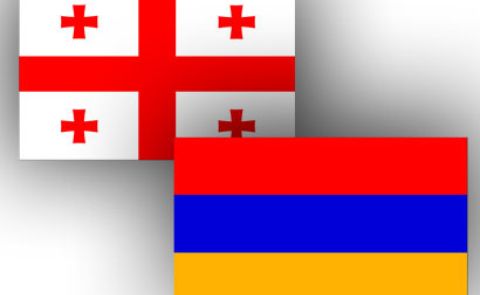
Economic Cooperation Between Armenia and Georgia: Potential and Challenges Ahead
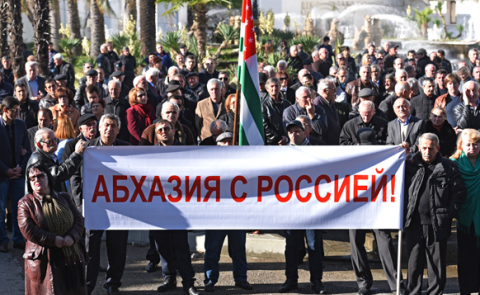
Russia and Occupied Abkhazia: A New Type of Relations
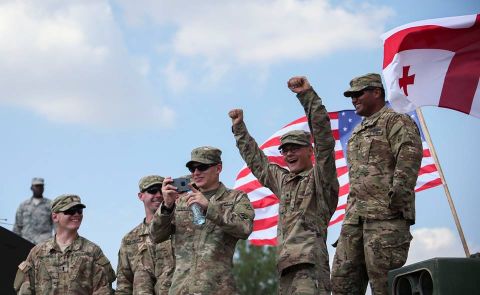
Georgia and US: From Close Ties to Caution
